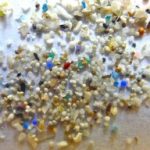
When teaching about MyPlate and the importance of eating a variety of foods, I always included superfoods as “stand out” foods in each food group because they were extremely nutritious, offering a variety of health benefits. The Star Superfoods is a way to introduce these foods to your students and includes a variety of interactive activities that will keep your students engaged!










